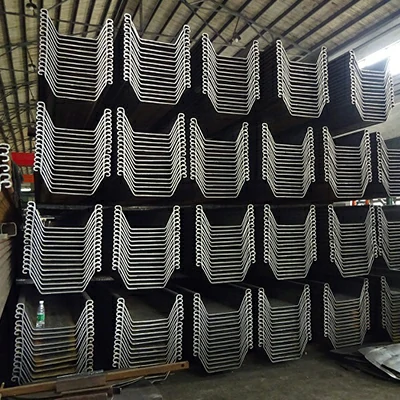Maintaining the surface finish of U channels during the manufacturing process is crucial for both aesthetic and functional reasons. The surface finish not only affects the visual appearance but also plays a role in corrosion resistance.
Here are key measures employed to ensure the surface finish is maintained:
- Surface Preparation:
- Proper surface preparation is critical to achieving a desired finish. The U channel is cleaned thoroughly to remove any contaminants, rust, or scale. Techniques such as shot blasting or pickling may be used to create a clean and smooth surface.
- Rolling Mill Adjustment:
- The rolling mill parameters, including the condition of the rolls and the rolling speed, are carefully adjusted to achieve the desired surface finish. Proper lubrication of the rolls is crucial to prevent surface defects on the U channel.
- Roll Design and Quality:
- The design and quality of the rolls used in the rolling process are important factors. Well-designed and maintained rolls contribute to a smooth and uniform surface finish. Regular inspection and maintenance of rolls help prevent defects.
- Cooling System:
- The cooling system after rolling is controlled to ensure gradual and uniform cooling of the U channel. Proper cooling prevents the formation of undesirable surface characteristics and contributes to a consistent finish.
- Inline Inspection:
- Inline inspection systems, such as visual inspection and surface quality sensors, may be employed during the manufacturing process. These systems detect and address any surface defects in real-time, ensuring a high-quality finish.
- Post-Rolling Treatment:
- Some U channels may undergo post-rolling treatments to enhance the surface finish. This can include processes like pickling or passivation to remove any residual oxides and improve the appearance of the surface.
- Straightening Process:
- The straightening process is carefully controlled to avoid introducing surface defects. Proper straightening helps maintain the smoothness of the surface finish and prevents any distortions.
- Lubrication and Coolants:
- Adequate lubrication is essential during the rolling process to reduce friction and prevent surface imperfections. China U channel factory Coolants are also used to control the temperature and improve the quality of the surface finish.
- Quality Control Sampling:
- Random samples of U channels are often selected for more detailed quality control, including visual inspection for surface finish. These samples may undergo comprehensive testing to ensure they meet the specified surface quality requirements.
- Adherence to Standards:
- Manufacturers adhere to industry standards and specifications that define the acceptable surface finish for U channels. Compliance with these standards ensures that the channels meet the required quality and appearance criteria.
- Documentation:
- Surface finish parameters and quality control results are documented to provide a record of the manufacturing process. This documentation ensures traceability and helps in identifying areas for process improvement.
By carefully controlling these factors and implementing quality control measures throughout the manufacturing process, manufacturers can ensure that U channels maintain the desired surface finish, meeting both visual and functional requirements.
